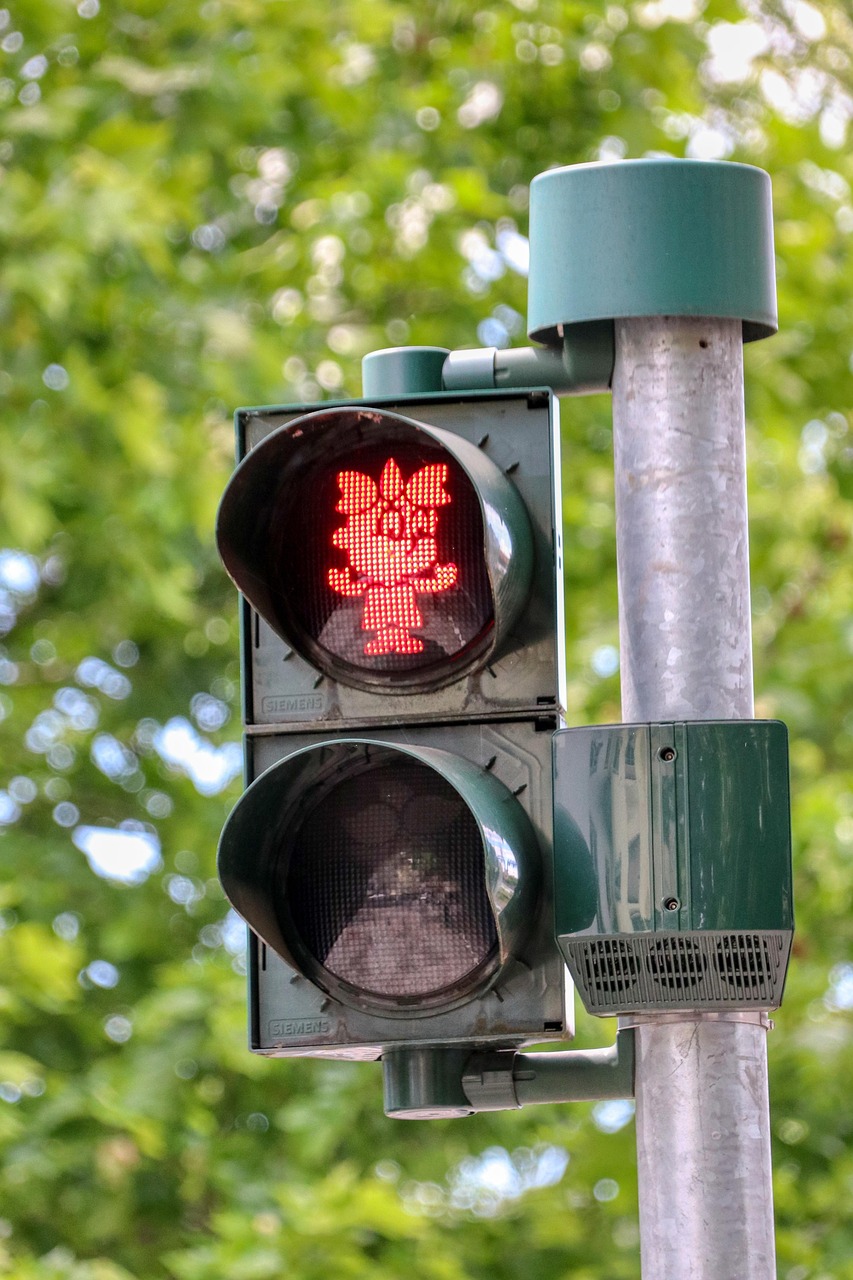Banks Integrate Digital ID Verification into Core Operations

In an era characterized by rapid technological advancements and increasing cybersecurity threats, banks across the globe are integrating digital identity verification systems into their core operations. This move is not only a response to evolving regulatory requirements but also a strategic initiative to enhance security, streamline customer onboarding processes, and improve user experience.
Digital identity verification refers to the process of using digital tools and technologies to confirm the identity of individuals or entities engaging in financial transactions. This approach leverages biometrics, artificial intelligence, and blockchain technologies to provide secure and efficient verification processes, thereby mitigating the risks associated with traditional methods of identity verification.
Key Drivers of Integration
The integration of digital ID verification in banking is driven by several pivotal factors:
- Regulatory Compliance: With regulations such as the European Union’s General Data Protection Regulation (GDPR) and the Financial Action Task Force’s (FATF) guidelines on Anti-Money Laundering (AML), banks are compelled to adopt robust identity verification processes to ensure compliance.
- Fraud Prevention: The rise in digital transactions has simultaneously increased the risk of fraud. Digital ID verification systems help banks detect and prevent fraudulent activities by ensuring that customers are who they claim to be.
- Customer Experience: Modern customers demand quick and seamless banking experiences. Digital ID verification reduces wait times and minimizes errors associated with manual checks, enhancing overall customer satisfaction.
Technological Facets
The implementation of digital ID verification in banking hinges on the integration of several advanced technologies:
- Biometrics: Technologies such as fingerprint scanning, facial recognition, and voice recognition are employed to verify identities accurately and swiftly.
- Artificial Intelligence and Machine Learning: AI and ML algorithms analyze patterns and detect anomalies, which helps in identifying fraudulent activities and ensuring compliance with regulatory standards.
- Blockchain: By leveraging blockchain technology, banks can ensure the immutability and security of identity records, thereby enhancing trust and transparency in the verification process.
Global Adoption and Challenges
Globally, banks are at various stages of adopting digital ID verification systems. Regions like North America and Europe are leading the charge, buoyed by stringent regulatory requirements and high levels of digital literacy. In Asia, countries such as Singapore and India are rapidly advancing in this space, driven by government initiatives promoting digital identity systems.
Despite the benefits, banks face several challenges in implementing these systems. These include:
- Data Privacy Concerns: The collection and storage of biometric data raise significant privacy issues, necessitating banks to adopt stringent data protection measures.
- Integration with Legacy Systems: Many banks operate on legacy systems that are not easily compatible with modern digital ID verification technologies.
- Cost Implications: The initial investment required for deploying these advanced technologies can be substantial, posing a financial challenge for smaller institutions.
The Road Ahead
As banks continue to embrace digital transformation, the integration of digital ID verification systems represents a crucial step toward future-proofing their operations. While challenges remain, the potential benefits in terms of security, compliance, and customer experience make these systems indispensable in the modern banking landscape.
Moving forward, collaboration between industry players, technology providers, and regulatory bodies will be key to overcoming implementation barriers and ensuring that digital ID verification systems are safe, reliable, and beneficial for all stakeholders involved.













